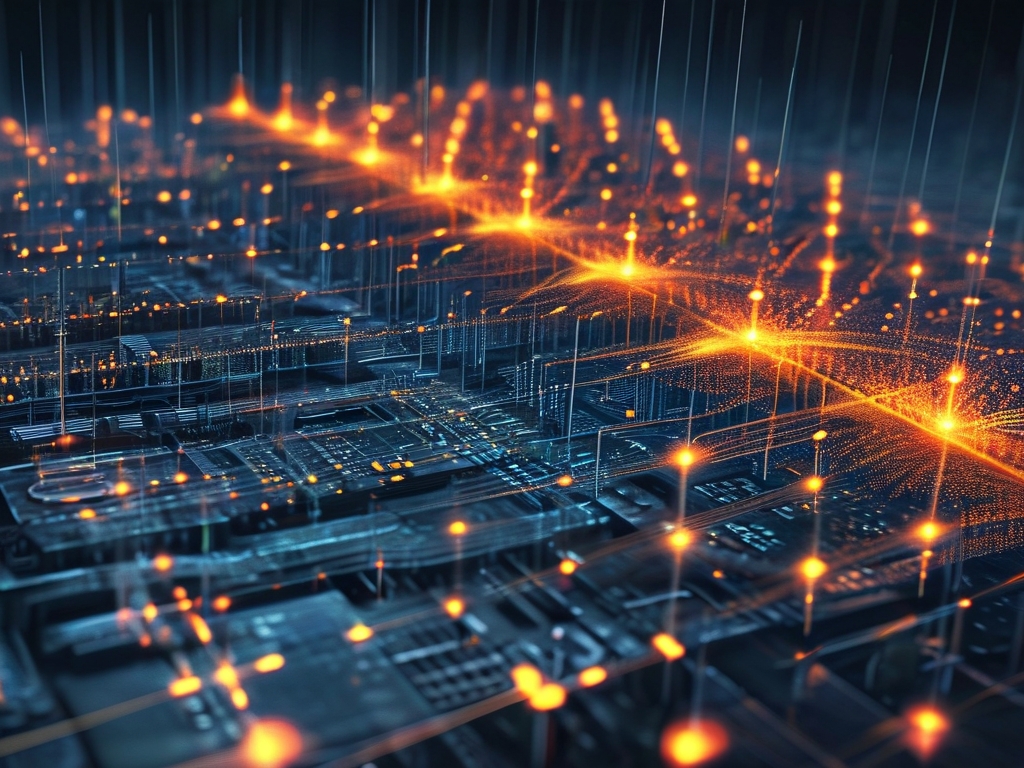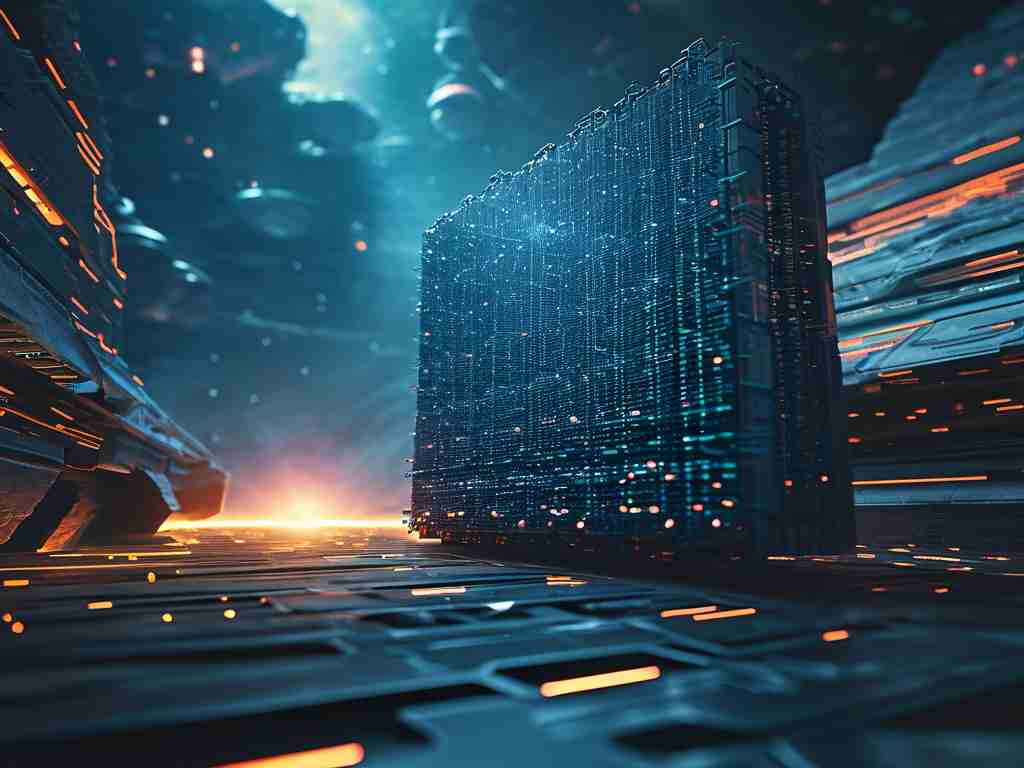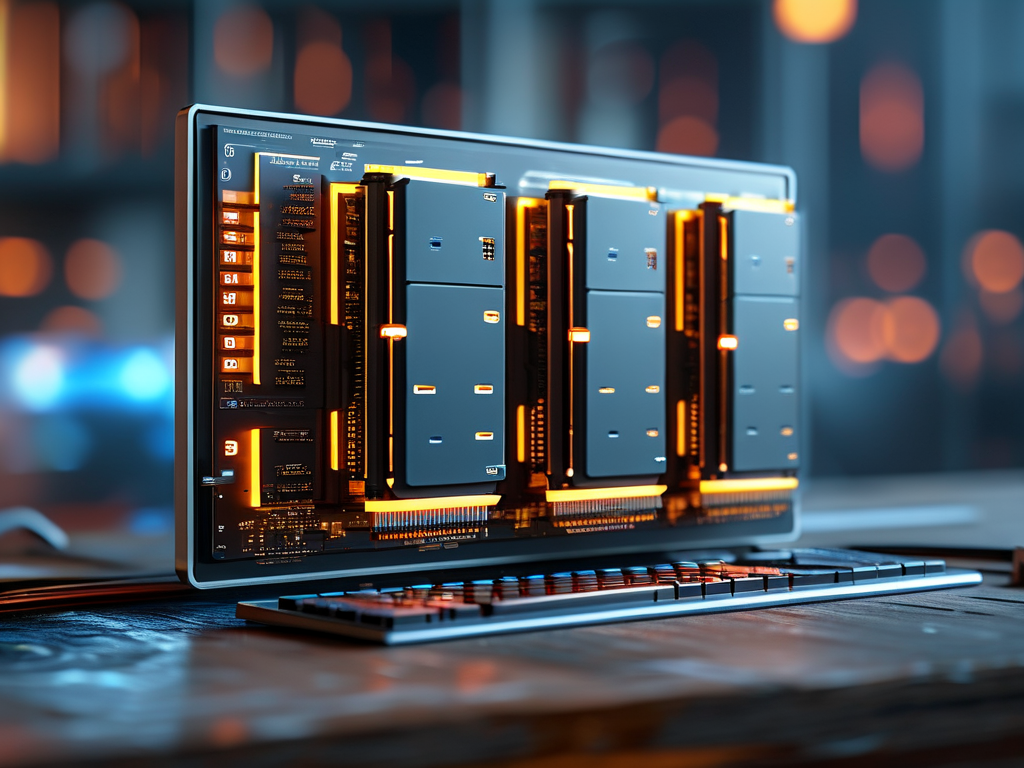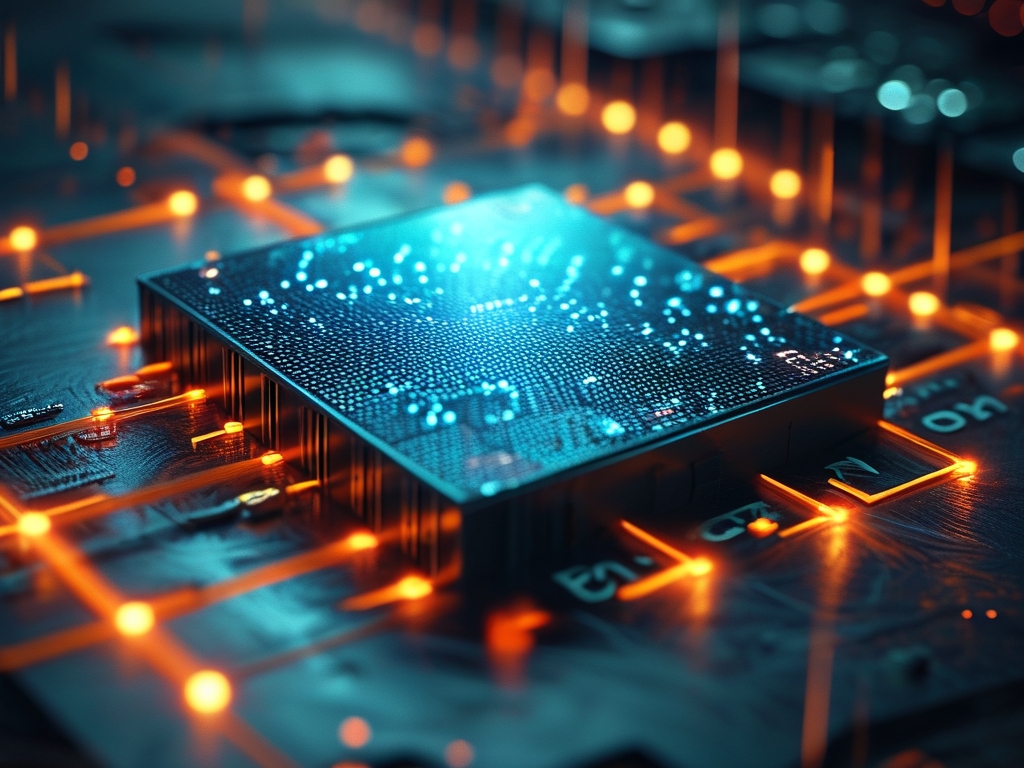Quantum computing has emerged as a revolutionary field, promising unparalleled computational power by leveraging the principles of quantum mechanics. At the heart of this technology lies a critical yet often overlooked component: quantum memory. Unlike classical memory, which stores binary data as 0s and 1s, quantum memory deals with quantum bits (qubits) that exist in superposition states. This article explores the fundamental principles behind quantum computing memory, its operational mechanisms, and the challenges in realizing practical implementations.

The Quantum State: Foundation of Quantum Memory
Quantum memory's core function is to store and retrieve quantum information encoded in qubits. A qubit can represent 0, 1, or both simultaneously due to superposition. This property enables quantum computers to process vast datasets exponentially faster than classical systems. However, storing these fragile quantum states poses significant challenges.
Quantum memory relies on preserving the coherence of qubits-maintaining their superposition and entanglement over time. Coherence is easily disrupted by environmental interactions, a phenomenon known as decoherence. To mitigate this, quantum memory systems often operate at near-absolute zero temperatures or in isolated environments to minimize external interference.
How Quantum Memory Works: Key Mechanisms
- Physical Qubit Storage Quantum memory uses physical systems to store qubits. Common platforms include:
- Trapped Ions: Electrically charged atoms suspended in electromagnetic fields. Their internal energy states serve as qubits.
- Superconducting Circuits: Loops of superconducting material where current flows without resistance, creating qubits via magnetic flux or charge states.
- Photon-Based Systems: Photons polarized or entangled in time/frequency domains act as qubits, stored in optical cavities or atomic ensembles.
-
Entanglement and Error Correction Quantum entanglement-a phenomenon where qubits become interdependent-is crucial for error correction. Quantum error-correcting codes, such as the surface code, distribute qubit information across multiple physical qubits, allowing errors to be detected and corrected without collapsing the quantum state.
-
Quantum State Transfer Storing qubits requires transferring states between computational qubits and memory qubits. This is often achieved via quantum gates or photonic interfaces. For example, in photonic quantum memory, a photon's quantum state is mapped onto an atomic ensemble using controlled laser pulses.
Types of Quantum Memory
- Short-Term Memory (Buffer Memory): Temporarily holds qubits during computation. Superconducting qubits, with coherence times of microseconds to milliseconds, are commonly used.
- Long-Term Memory (Archival Storage): Designed for extended storage, often using atomic vapor cells or rare-earth-doped crystals, which can preserve qubit states for seconds or longer.
Challenges in Quantum Memory Development
-
Decoherence and Noise Environmental factors like thermal fluctuations and electromagnetic radiation disrupt qubit states. Advanced isolation techniques and error correction are essential but increase system complexity.
-
Scalability Current quantum memories are limited to small-scale implementations. Scaling up while maintaining coherence and connectivity between qubits remains a major hurdle.
-
Read/Write Speed Quantum operations must occur within coherence times. Slow read/write processes risk data loss, demanding ultra-fast control systems.
-
Material Limitations Finding materials that support long coherence times and efficient qubit manipulation is an ongoing challenge. For instance, superconducting qubits require costly cryogenic setups.
Breakthroughs and Applications
Recent advancements include:
- Quantum Repeaters: Use entangled qubits stored in memory to extend quantum communication ranges, critical for quantum internet infrastructure.
- Hybrid Systems: Combine different qubit types (e.g., superconducting and photonic) to leverage the strengths of each platform.
- Room-Temperature Memory: Researchers are exploring nitrogen-vacancy centers in diamonds, which exhibit longer coherence times at higher temperatures.
Quantum memory is pivotal for applications like:
- Quantum Cryptography: Securely storing encryption keys in quantum states.
- Quantum Simulation: Modeling complex molecular interactions for drug discovery.
- Machine Learning: Accelerating AI training through parallel quantum processing.
The Future of Quantum Memory
The next decade will focus on improving coherence times, scalability, and integration with classical systems. Innovations in topological qubits-which encode information in non-local states resistant to local disturbances-could revolutionize quantum memory design. Additionally, advances in photonic integration and error mitigation algorithms will drive practical adoption.
In , quantum computing memory is a cornerstone of the quantum revolution. By mastering the storage and retrieval of quantum information, scientists aim to unlock the full potential of quantum computing, paving the way for breakthroughs across science, industry, and society.






